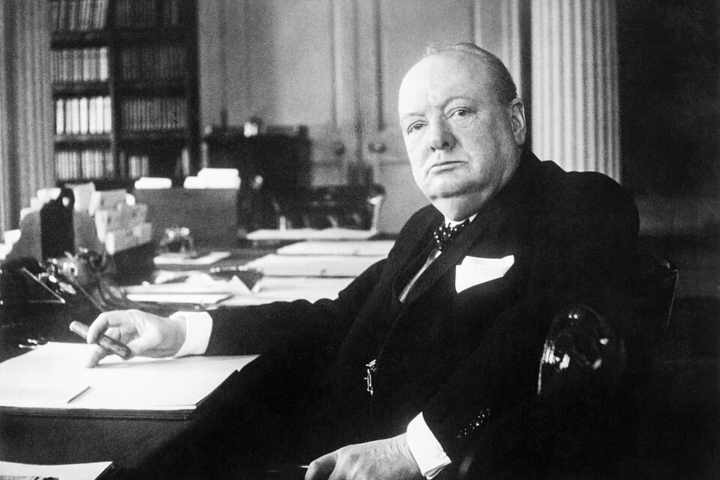When John Hanning Speke staggered through the sweltering jungle heat of East Africa in July 1858, he was a broken man—ravaged by fever, half-blind, and disheartened. For 18 months, he had searched in vain for the source of the River Nile. But on August 3, as he crested a hill near present-day Mwanza in Tanzania, Speke beheld what he would describe as a “vast expanse” of “pale-blue” water: Lake Victoria. He was sure—rightly so—that he had found the Nile’s source.
Yet behind this image of a lone Englishman making a historic discovery lies a far more complex reality. Speke’s journey was not the solitary triumph of one man but the collective labour of hundreds—many of whom remain unnamed and unrecognised to this day.
Among them was Sidi Mubarak Bombay, born in 1820 near the modern Tanzanian-Mozambican border. Enslaved as a child and later freed in India, Bombay returned to East Africa and became one of the continent’s most accomplished expeditionary guides. Fluent in Hindi and Swahili, he became Speke’s interpreter, negotiator, and caretaker—vital to the expedition’s survival and success. Yet while Speke’s portrait still hangs in the Royal Geographical Society in London, Bombay’s image and name are rarely remembered.
And Bombay was not alone. Speke’s expeditions employed hundreds of East African porters, many of them Nyamwezi men who carried supplies across treacherous terrain. Women and girls also traveled with the party—some as partners of porters, others given as gifts or enslaved. Their stories, too, have faded into obscurity, erased by a historical record that privileges European achievement.
Speke’s second expedition, from Zanzibar to Cairo, showcased both the determination of its leader and the violence that underpinned his authority. Floggings, desertions, and hunger marked the trek. In one incident, a man received 150 lashes for stealing cloth—“the maximum,” Speke noted, “for fear of mortal consequences.”
This culture of brutality wasn’t unique to Speke. His contemporary, Richard Burton, who co-led an earlier expedition with him, was notorious among porters as “the wicked white man.” And Henry Morton Stanley’s later journeys, such as the Emin Pasha Relief Expedition, left a trail of death, with accounts of executions and beatings that caused death.
Yet even amid this violence, African individuals like Bombay continued to shape the course of exploration. Bombay later worked with Stanley and Verney Lovett Cameron, eventually crossing Africa coast to coast on foot. His reward? A pension and a footnote in history.
The erasure of such figures is not limited to Africa. In Japan, Isabella Bird, one of the most renowned female explorers of the Victorian era, relied heavily on her 18-year-old guide Itō Tsurukichi. He arranged her travel, translated conversations, and explained cultural practices. Bird often viewed him through a colonial lens, calling him a “boy” and critiquing his appearance. But without Tsurukichi, her journeys would have been impossible. He later became one of Japan’s most respected tour guides.
In the polar south, where expeditions like Robert Falcon Scott’s were composed almost entirely of white men, hierarchies remained. Working-class sailors did the daily labour—cooking, cleaning, hauling sledges—while officers conducted scientific work and kept diaries. Even foreign experts like Anton Omelchenko and Dmitrii Girev, who cared for Scott’s ponies and dogs, were referred to as “boys.”
Yet the myth endures: the solitary European man standing before an uncharted land, conquering the unknown. Statues and etchings reinforce this narrative. But every expedition was, in truth, a team effort—built on layers of translation, care, labour, and survival.
Recent research into the history of geography is working to recover these lost voices. Behind every “discovery” lies a network of guides, porters, cooks, translators, enslaved people, and local intermediaries. Their contributions challenge us to rethink exploration not as an individual triumph but as a collective human endeavour.
In this, perhaps, there is a broader lesson. Exploration exposes the limits of individualism. It reminds us that, even in the harshest conditions, no one journeys alone. Whether in the jungle, the mountains, or the frozen south, human beings rely on each other—for food, shelter, language, and life itself.
It’s time to remember the Bombays and Tsurukichis of history. The heroes of exploration were never alone. And their true story is one of collaboration, not conquest.











